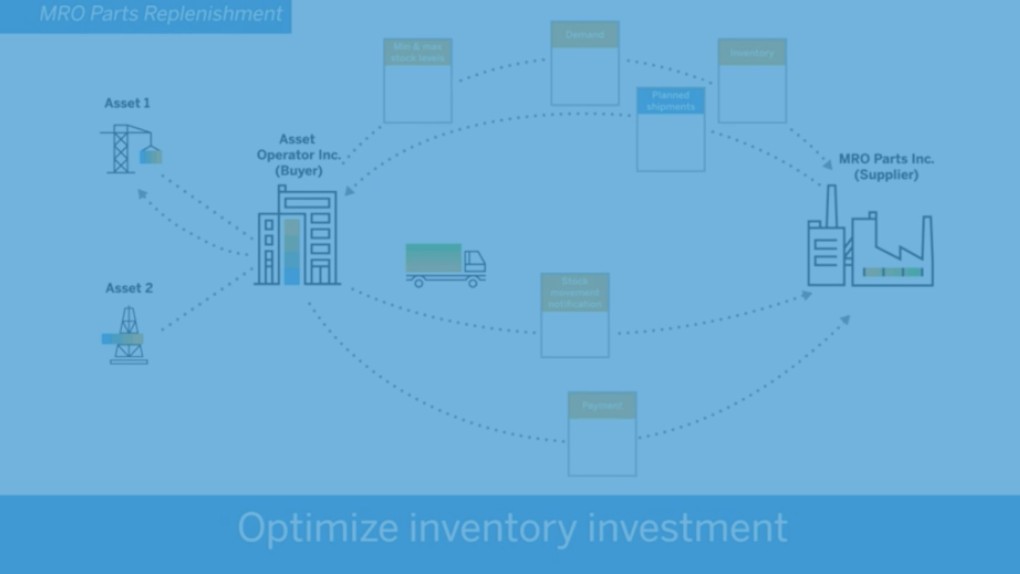As the quality pioneer W. Edwards Deming remarked, “Without the backing of data, decisions are nothing but opinions.” In today’s digital age, where data is a crucial source of competitive advantage, CXOs need to harness the power of data to make better decisions.
Data analytics offers enhanced insights that enable better decisions. But walking the talk is not easy. Most business leaders and managers fail to derive actionable insights from their data.
The role of the CXO is to ensure the business remains viable and competitive. They must deliver hyper-efficiency and top-notch customer experience (CX). Here is how CXOs can use data to make strategic interventions to achieve such ends.
1. Prioritise data
Data is the “raw material” for information. But most enterprises do not receive the return of value addition for the time, effort and money they put into data collection and analytics.
The trick is identifying and processing relevant data and ignoring the vast trove of junk or irrelevant data. CXOs, like all other business leaders, have to prioritise the data to cope with information overload.
Operational data
Data monitoring and alerting tools provide visibility into system performance, availability, and more. CXOs can, for instance, track key performance metrics such as bandwidth utilisation, latency, and packet loss. They can also track data related to peak usage periods, types of traffic and potential network congestion points.
CXOs who track such operational data can:
- Monitor the volume and patterns of data flowing through the network. The monitoring tool alerts when performance deviates from standard patterns or predefined thresholds. Prompt corrective actions ensure stable and uninterrupted business operations. Even a minor glitch can have big consequences in today’s fast-paced world.
- Optimise network resources and capacity planning without guesstimates. They can avoid over-provisioning and make informed decisions on network upgrades or expansions.
Many CXOs use predictive analytics to pre-empt potential issues. These tools analyse historical data to identify patterns, trends, and anomalies. Such insights identify recurring issues and predict future network requirements. The latest tools use machine learning to forecast capacity bottlenecks and system failures.
Threat identification data
Analysing security logs, access patterns, and threat intelligence data allow CXOs to nip threats in the bud. CXOs can
- Identify and address potential vulnerabilities and strengthen security protocols. Tracking data related to intrusion attempts and malware detection allows effective threat identification.
- Ensure compliance with data protection regulations. Monitoring data transfers, access logs, and user permissions strengthens compliance.
- Manage vendor performance. Tracking vendor service uptime, response times, and incident resolution ensures vendor system integrity.
Customer data
One key area of CXO insight is customer behaviour, preferences, and pain points. Integrating data from various touchpoints allows end-to-end customer journey tracking. CXOs can compare the actual and ideal experiences to identify shortcomings.
CXOs need to prioritise
- CX performance data, including customer engagement, loyalty, and satisfaction. Such data identify customer needs and expectations and become the basis for improving the CX strategy.
- User Experience (UX) and application performance data. Key UX metrics include page load time, response time, application availability, and transaction success rates. These insights help the CXO deliver optimal service levels.
Effective CXOs visualise the information they need and work backwards to gather and analyse data.
Considering the volume of data, trade-offs become inevitable. For instance, perfect two-week-old data looks good in reports. But the delay could result in missed opportunities and annoyed customers. Rather, imperfect but real-time data could nip the underlying customer issue in the bud and keep the customer happy.
2. Further DevOps
CXOs could leverage data to define measurable DevOps goals, such as:
- Reduction in deployment cycle time
- Increase in deployment frequency
- Improvement in system stability
- Increase in customer satisfaction scores.
Such goals offer a clear direction for teams and allow continuous improvements.
Data on software development cycles and deployment frequency pinpoints areas for improvement. It also boosts collaboration.
The trick lies in identifying and collecting relevant IT operation metrics. Some key data to track include system performance, incident response times, and customer feedback. CXOs could identify and collect key performance metrics such as:
- Mean time to deploy (MTTD)
- Mean time to recover (MTTR)
- Customer feedback score
- Service availability
These metrics offer insights into the effectiveness of enterprise DevOps practices.
3. Bring in context to the data
Data is vital. But making decisions based on data in a vacuum is dangerous.
Real-life data is messy. It is often rife with errors, incomplete or delayed. Some common, unavoidable instances include:
- An ecosystem partner resending a report, leading to duplicate values
- A sensor developing fault and missing to report some crucial values.
- A crucial report getting deleted inadvertently.
- The person making the data entry places the decimals in the wrong place, leading to skewed projections.
Consider NASA’s Mars Climate Orbiter project. Some teams used metric measurement units, while others used English measurement units. The result was the loss of a $125M spacecraft.
CXOs have to live with such shortcomings and never trust data blindly. Effective decisions require data plus judgment plus context.
CXOs need to listen to their a gut-feeling first and then undertake performance data analysis to prove or disprove their “gut” hypothesis. Such an approach avoids analysis paralysis, where the CXO loses valuable time waiting for analytical data to make a decision.
A good case in point is PwC. The company migrated all its people data to Workday Skills Cloud and achieved a 90% increase in recorded skills in one year.
4. Promoting a data-driven culture
Many enterprises underestimate the CXO’s role in promoting a data-driven culture. If the CXO uses data in discussions and encourages teams to experiment with data, it permeates across the board. The enterprise will soon inculcate a data-driven culture.
Effective CXOs promote:
- A customer-centric orientation towards handling data. In short, focus on the customer in all workflows and efforts.
- Transparency and open sharing of data. Open and transparent data flow boosts collaboration between development, operations, and other teams. For instance, sharing performance trends and customer feedback across teams promotes cross-functional problem-solving.
5. Coping with change
Often, enterprises cannot benefit from data because of their inability to cope with volumes and change.
Traditional data and decision-making methods do not work in today’s chaotic business environment. Only agile enterprises capable of taking quick decisions succeed.
CXOs need tools and technologies that provide real-time, reliable insights to make quick decisions.
The latest AI-powered tools deliver fast insights and get better with every use. A good example is Workday. The AI-powered tool integrates all enterprise data and offers CXOs a single source of truth. Integrated data unlocks deeper insights and enhances the quality of decision-making. The suite’s machine-learning capabilities allow CXOs to leverage data in powerful ways. Automation capabilities process live data and reveal insights that can drive impactful changes. The adaptable architecture enables fast pivots and rapid changes to suit business needs. Build-in flexibility allows quick course correction without disrupting the business.













